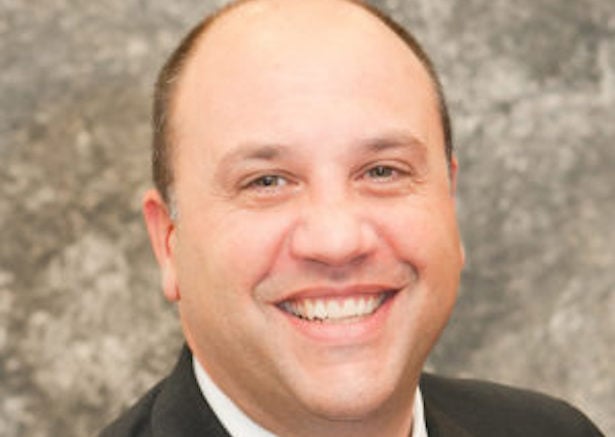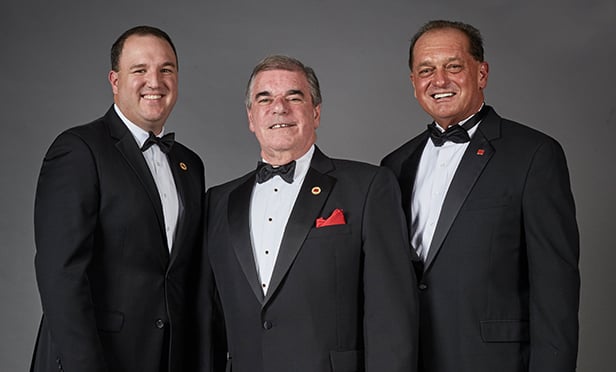LOS ANGELES—Although development is spiking in major urban markets throughout the country, developers still face challenges when it comes to infrastructure. According to experts and developers on the Urban Resurrection panel at CCIM Thrive, some markets have as much as $1 billion in backlog infrastructure repairs. “We have to attend to more of these, and we have a problem of Washington withdrawing from infrastructure over the past 10 years,” said Barry LePatner, attorney and author at LePatner & Associates LLP, on the panel.
LePatner's fellow panelists include Bert Dezzutti, EVP of the western region at Brookfield Office Properties; Ernestine Garey, EVP and COO at Invest Atlanta; and John L. Petricola, CCIM, SVP and regional development officer of the Southwest region at Rockefeller Group. David Wilson, CCIM, EVP of Lockard Development moderated the panel.
The infrastructure backlog includes repairs for water pipes, roads, bridges and so forth. In some areas, these repairs are so far behind they not only threaten the growth of cities and development, but also the safety of citizens. LePatner points out, for example, that an average of 160 bridges in every state are ready to collapse at a moment's notice. Garey added that Atlanta had $1 billion infrastructure repair backlog. The city's new mayor addressed the issues by outlining the repairs and creating an efficiency panel to identify ways to generate additional revenue and fund the repairs without raising property taxes.
The panel also discussed the drivers of the influx of development in urban markets, looking mainly to the millennial or young professional generations that want to be in a live/work/play environment near job centers, cultural and social amenities and transportation. Dezzutti used Downtown Los Angeles as a prime example of the movement inward. The growth of urban cities, however, will not be immediate, but will occur over the next several years. “We're not looking to time an exit in the short term. We are looking for a return over a broader period of time,” said Dezzutti.
This phenomenon isn't exclusive to our current urban markets either. According to LePatner, over the next 20 years, we will develop new cities throughout the Southwest that don't exist today. Additionally, secondary markets are also expanding, offering investors great value-add opportunities. Although these markets are not the center for new development, another CCIM Thrive panel discussed the higher yields available in secondary markets.
© Touchpoint Markets, All Rights Reserved. Request academic re-use from www.copyright.com. All other uses, submit a request to [email protected]. For more inforrmation visit Asset & Logo Licensing.






